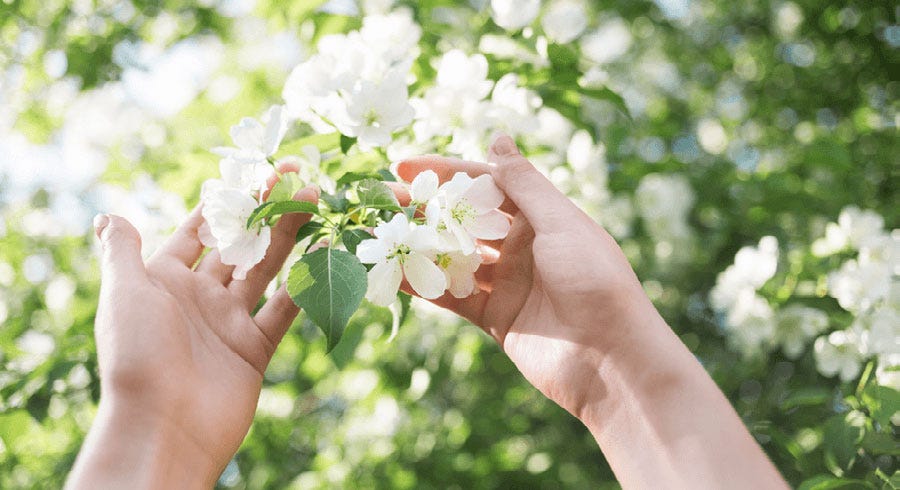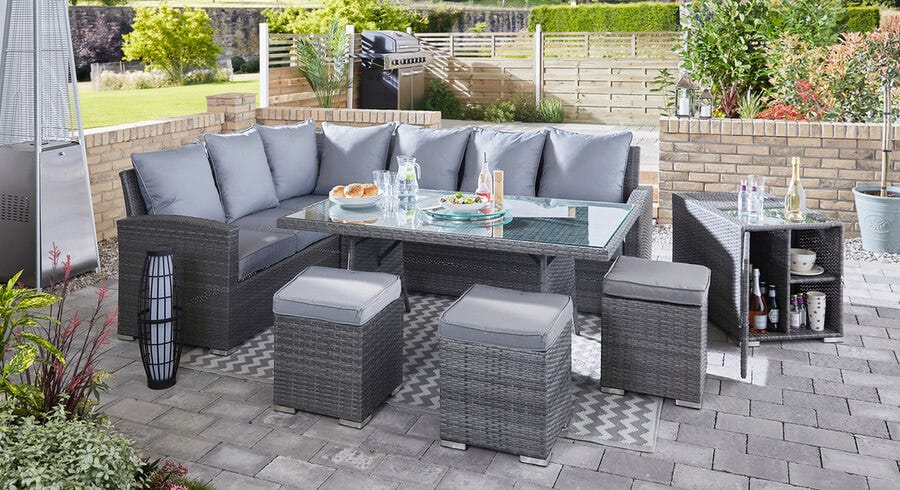Top Tips for Feeding and Pruning Plants


Feeding
Why feed?
Like us, plants need food in order to thrive – it keeps them growing strong and healthy and improves their ability to flower and fruit. Most of the nutrients they require – including nitrogen, phosphorous and potassium – can be found in the ground, but often they’ll be competing for them with other plants, and in some cases, where the soil has become infertile due to years of overuse, there won’t be any left to find. That’s why a little human help is needed; fertilising the soil ensures there are enough nutrients to go around.
Plants grown in pots and containers will need a little more attention than those grown in the ground. This is because their supply of nutrients is limited by the amount of soil that they can physically access – once those nutrients have been used up, they can’t go looking elsewhere.
How to feed
Organic matter
There are a number of ways that you can enrich your soil and provide the food that your plants need to grow. The first and probably most important is to mix some organic matter (such as garden compost or well-rotted manure) into the earth several months before sowing or planting. As well as boosting nutrient content, this will serve to improve the structure of the soil so that it retains moisture without impeding drainage.
Top tip: Organic matter can also be used as a mulch. This is a good way of reinvigorating soil occupied by perennial plants (i.e. those that remain in the ground year after year)
Fertiliser
Another way in which you can feed plants is to add what’s known as a ‘base dressing’ to the soil about a week before planting. This is usually a general-purpose, controlled-release fertiliser designed to release nutrients into the soil over the course of the growing season. It will contain equal amounts of nitrogen, phosphorous and potassium, as well as small quantities of other nutrients. A base dressing needs to be worked into the topsoil with a garden rake.
To kick-start growth once plants are in the ground, you may also want to add a ‘top dressing’ of slow-release fertiliser. In most cases this ought to be done in the spring, before plants have put on too much growth. However, with some particularly greedy plants, including certain fruits and vegetables, you may need to repeat the application of fertiliser several times per season.
Be aware that synthetic fertilisers alone will not be enough to keep your plants growing strong and healthy year after year. Only by adding some good organic matter to the soil before planting will you get the very best results.
Top tip: Fertilisers can irritate skin, so always wear gloves when handling them.
What is N-P-K?
N-P-K refers to the levels of Nitrogen (N), Phosphorous (P) and Potassium (K) that make up a fertiliser – you’re very likely to come across it when buying any kind of plant food (it’s usually stated on the container). An N-P-K value of 5-5-5 would denote that the fertiliser is well-balanced and has equal quantities of the three essential elements. A value of 4-3-8 would show that it has a higher quantity of Potassium (K).
Liquid Feeds
Liquid feeds are usually only required for potted plants and those that bear fruit, though they can also be used as a quick pick-me-up for any other plant.
Tomatoes, peppers, strawberries and other fruit-producers will all benefit immensely from the application of liquid feed once a week during the growing season. Using a plant-specific feed (such as one with a high potassium content for tomatoes) will also help them to develop more fruit.
All liquid feeds must be dissolved or diluted with water before application. It’s always best to follow the manufacturer’s instructions on the packet. Also, when watering with liquid feeds, you should be very careful to avoid contact with leaves – otherwise they may be scorched. Direct the spout of your watering can towards the base of the plant.
Overfeeding
It is possible to give your plants too much food. Always follow the guidelines on the fertiliser packaging.
Pruning
Why prune?
There are three key reasons why you might prune a plant. They are:
- To increase yield
- To promote healthy growth
- To improve appearance
In some situations, pruning is essential. In others, it’s completely down to personal preference.
Pruning requirements do not just vary from species to species, but from plant to plant also. For instance, a ‘Cordon’ type tomato plant will need to have its side shoots removed so that it can focus its energies on developing fruit, whereas a ‘Bush’ variety will produce an abundant crop without any pruning at all.
Each plant needs to be pruned in its own unique way. The exact technique can usually be found in the instructions on the nursery pot label or seed packet.
Pruning to increase yield
Removing surplus foliage encourages many plants to divert more of their energy towards the production of fruit, resulting in a better yield.
Take, for example, a strawberry plant. Left to its own devices, a strawberry plant will develop ‘runners’ that spread across the topsoil and produce new plants at varying intervals. This is great if you want a thick, bushy strawberry patch, but not so great if you want sweet, plump strawberries in the first growing season; the mother plant diverts a large portion of its resources towards the development of these new plants and therefore focuses less energy on the development of fruit.
Pruning to promote healthy growth
Some plants need to be pruned in order to keep them growing strong and healthy year after year. This is particularly true of herbaceous perennials. In most cases, these should be cut right back to the stem in autumn so that dead and dying foliage does not become a haven for pests and disease during winter. Of course, doing this will also improve the appearance of your garden.
Diseases do not just appear in winter; they can infect plants at any time of year and they’ll attack even the healthiest plants. To give them the best chance of survival, you should prune away affected areas as soon as you notice any symptoms.
Top tip: When using loppers, secateurs or scissors to cut back a plant, always make sure they are sharp. Blunt blades cause the stems to crush and tear, leaving them vulnerable to disease.
Pruning to improve appearance
Plants, shrubs and trees aren’t too bothered whether your garden looks neat and tidy or not. In fact, they’ll happily spread out in any direction, breaking through borders, fighting with their neighbours and generally growing in the manner that suits them, not you. Pruning is the best way to keep them in check – if you don’t prune, you may well end up with something that looks more like the Amazon jungle than a British country garden.
Neat and tidy is one thing, beautiful and blooming is another. To keep your garden looking better for longer, you might want to try ‘deadheading’ plants that flower. The trick is to remove the dead flower before it has developed a seed pod. The plant, realising that it has failed to reproduce, will then produce more flowers in the hope of being more successful next time around. Repeatedly deadheading plants will encourage them to bloom for anything up to 3 months, rather than the standard 3-4 weeks.










